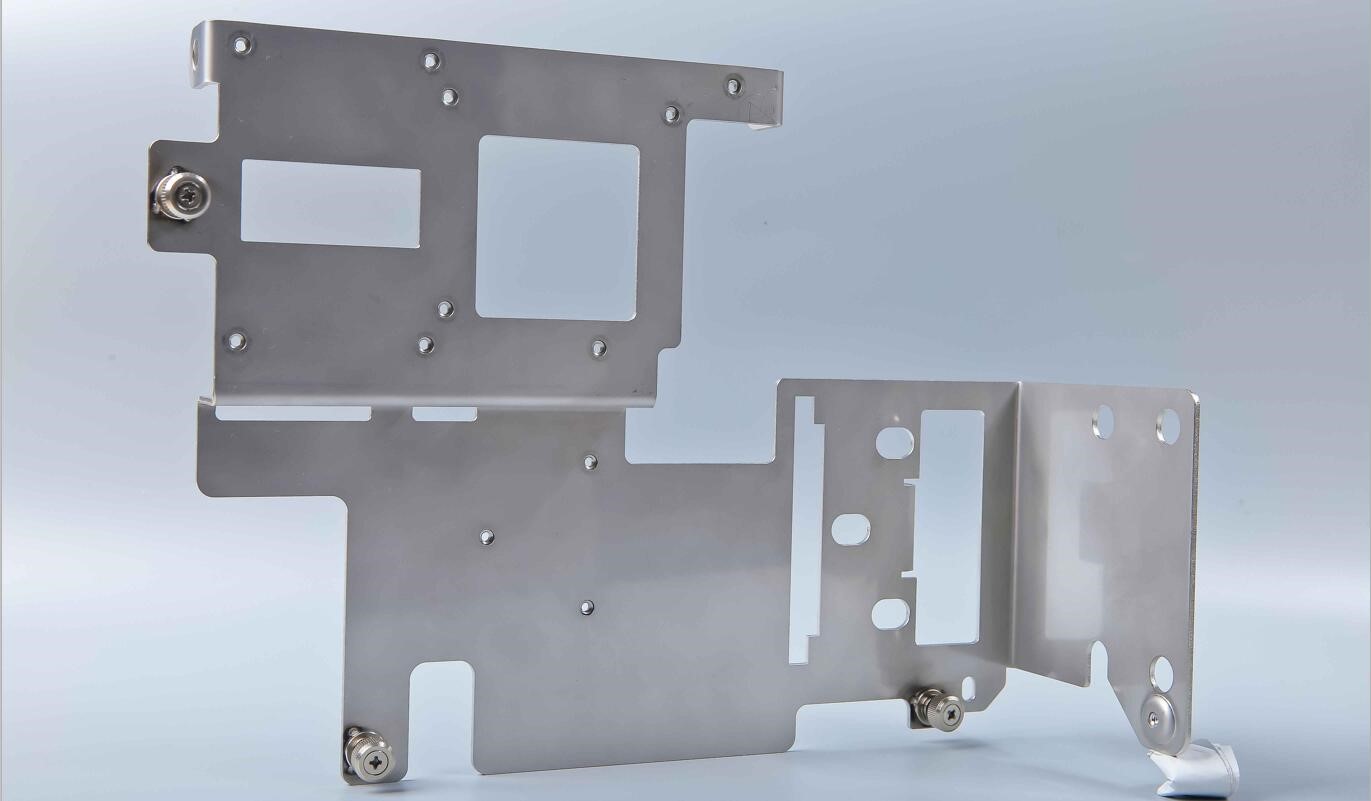
In metalworking, its utilization is broad and imperative. Sheet metal can be cut and formed into incalculable shapes utilizing sheet metal hardware. Such metal is utilized to make various items. Be that as it may, every item's interest in sheet metal's thickness is extraordinary. The most slender sheet metal is called foil or leaf while sheet metal thicker than 6 mm is named as a plate. From aluminium to metal, copper, steel, nickel, titanium, tin and some more, there is an interminable rundown of metals that can be shaped into sheet metal.
What is the Sheet Metal Prototype?
A sheet metal prototype is an early example, model, or arrival of a metallic item worked to test an idea or process to go about as a thing to be reproduced. An effective item should begin with a decent model.
The sheet metal organizations create sheet metal prototype devoted to clients plans which empower them to make excellent items for their clients.
We play out the various activities of forming and collapsing, punching, stamping and get together by welding. The utilization of these various procedures relies upon the chose material, the thickness of the sheet utilized and the selected shape.
Many sheet metal production and shaping procedures incorporate, however, aren’t restricted to:
-
Bending: There is a maximum power before the
metal breaks, which is required in the bowing procedure. The condition to
twist and not break fuses contact, rigidity, length and thickness.
-
Press Brake Forming: A type of
twisting, this produces thin and long sheet metal parts utilizing a
machine called the press brake. A V-molded notch, or bite the dust, is the
thing that the sheet is squeezed into to make a V-formed curve at
different intense or heartless points.
-
Steady Sheet Forming: A sheet
turns into the last item by method for various little disfigurements and
typically is finished with a round-tipped device appended to a CNC
machine.
-
Profound drawing: The sheet
is extended over a kick the bucket or structure to make a section with its
profundity surpassing its breadth.
-
Hydroforming: Similar to profound drawing, the clear
sheet is extended over a pass on that is stationary to make a section and
is finished utilizing high hydrostatic weight.
-
Pressing: This procedure consistently diminishes a
sheet in a region indicated by the metalworker. In blend with profound
drawing, this makes an item like a soft drink can.
-
Puncturing: To make a sheet lighter or for wind
stream, numerous little openings are punched into the metal.
-
Punching: By setting the metal between a punch and
kick the bucket, the sheet gets an opening punched into it or gets a
downturn.
- Cutting: Whether its laser cutting or water jet cutting, this technique takes the metal and slices into it to frame a section or shape. This is a case of utilizing sheet metal to make a section for a marine application.
Favourable Circumstances and Utilization of Sheet Metal:
Parts produced using sheet metal is commonly more affordable than parts got by die casting and can't be created by CNC machining. The metal sheet can be worked quickly into practically all shapes and with little or huge measurements. For prototyping (sheet metal prototype), these parts can, in this manner, be utilized in a wide scope of businesses, for example, development, car, furniture, clinical, customer items, gadgets, and so on.
So, above mentioned are some the advantages and utilization of sheet metal, but for more information you can contact us hassle-freely.
















